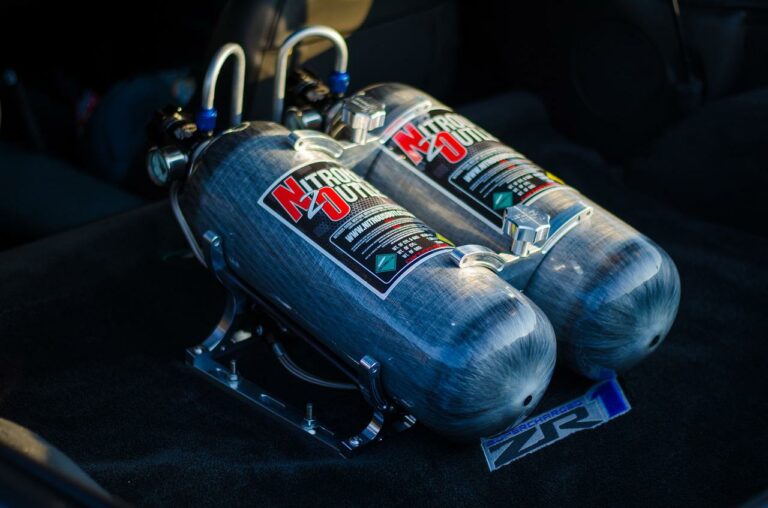On Wednesday (August 31), which is Arbitrum’s one-year anniversary, the Ethereum layer 2 (L2) scaling solution will undergo a major upgrade named “Nitro” that will enable faster transaction and lower fees.
What Is Arbitrum?
According to Offchain Labs, the startup developing this popular Ethereum L2 scaling solution, Arbitrum is an “optimistic rollup” that offers the following the benefits:
- “Trustless security: security rooted in Ethereum, with any one party able to ensure correct Layer 2 results
- Compatibility with Ethereum: able to run unmodified EVM contracts and unmodified Ethereum transactions
- Scalability: moving contracts’ computation and storage off of the main Ethereum chain, allowing much higher throughput
- Minimum cost: designed and engineered to minimize the L1 gas footprint of the system, minimizing per-transaction cost.“
Arbitrum’s developers’ documentation goes on to explain what the term “optimistic rollup” means:
“Arbitrum is a rollup, which means that the inputs to the chain — the messages that are put into the inbox — are all recorded on the Ethereum chain as calldata. Because of this, everyone has the information they would need to determine the current correct state of the chain — they have the full history of the inbox, and the results are uniquely determined by the inbox history, so they can reconstruct the state of the chain based only on public information, if needed.
“This also allows anyone to be a full participant in the Arbitrum protocol, to run an Arbitrum node or participate as a validator. Nothing about the history or state of the chain is a secret.
“Arbitrum is optimistic, which means that Arbitrum advances the state of its chain by letting any party (a “validator”) post a rollup block that that party claims is correct, and then giving everyone else a chance to challenge that claim. If the challenge period (roughly a week) passes and nobody has challenged the claimed rollup block, Arbitrum confirms the rollup block as correct. If somebody challenges the claim during the challenge period, then Arbitrum uses an efficient dispute resolution protocol (detailed below) to identify which party is lying. The liar will forfeit a deposit, and the truth-teller will take part of that deposit as a reward for their efforts (some of the deposit is burned, guaranteeing that the liar is punished even if there’s some collusion going on).
“Because a party who tries to cheat will lose a deposit, attempts to cheat should be very rare, and the normal case will be a single party posting a correct rollup block, and nobody challenging it.“
What Is Nitro?
On August 4, Offchain Labs published a blog post to announce some details about Arbitrum’s upcoming Nitro upgrade:
“One week ago we carried out our migration of the Arbitrum Rinkeby testnet to Nitro. Overall the process went very well and now we’re looking forward to the mainnet migration of Arbitrum One to Nitro. We’re excited to share that we’re targeting the migration to take place on August 31st — exactly a year after we first opened Arbitrum One up in public beta!
“We chose this date to ensure our ecosystem continues to have time to prepare for the migration, and because we think it’ll be a nice milestone to rally around — a fun birthday present for us all.“
The blog post went on to highlight “the changes across the stack” that help delivers building on Arbitrum:
- “Advanced Calldata Compression, which further drives down transaction costs on Arbitrum by reducing the amount of data posted to L1.
- Ethereum L1 Gas Compatibility, bringing pricing and accounting for EVM operations perfectly in line with Ethereum.
- Additional L1 Interoperability, including tighter synchronization with L1 Block numbers, and full support for all Ethereum L1 precompiles.
- Safe Retryables, eliminating the failure mode where a retryable ticket fails to get created.
- Geth Tracing, for even broader debugging support.“
The Migration Process
Last Friday (August 26), Offchain Labs took to Twitter to provide some information about the migration process:
The migration process starts at 2:30 p.m. UTC on August 31:
“Currently we are planning for the migration to start at 10:30 AM ET / GMT-4 on August 31st, and we expect the process to take between 2-4 hours, in which there will be downtime at the chain and infrastructure level.“
Image Credit
Featured Image via Pixabay









